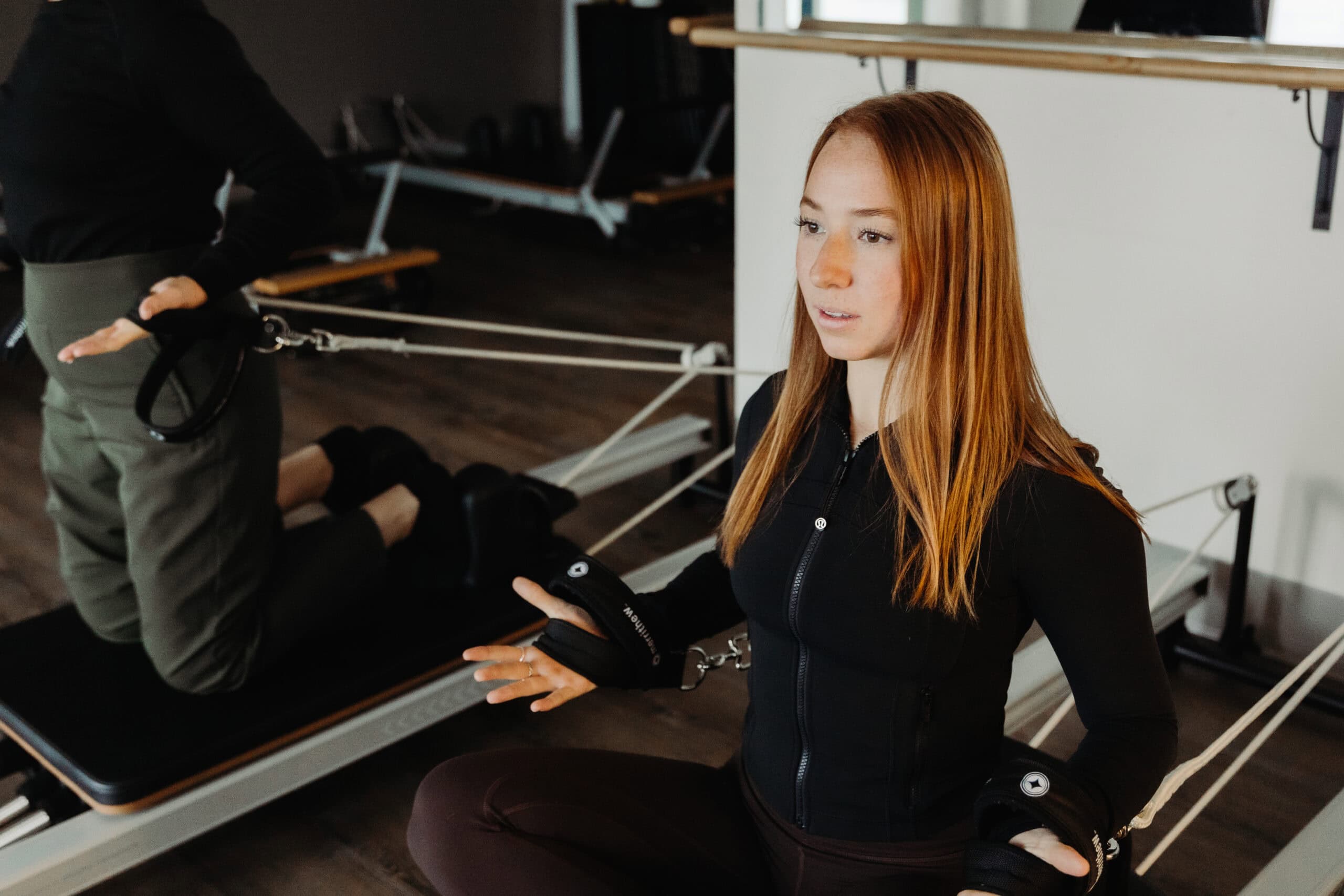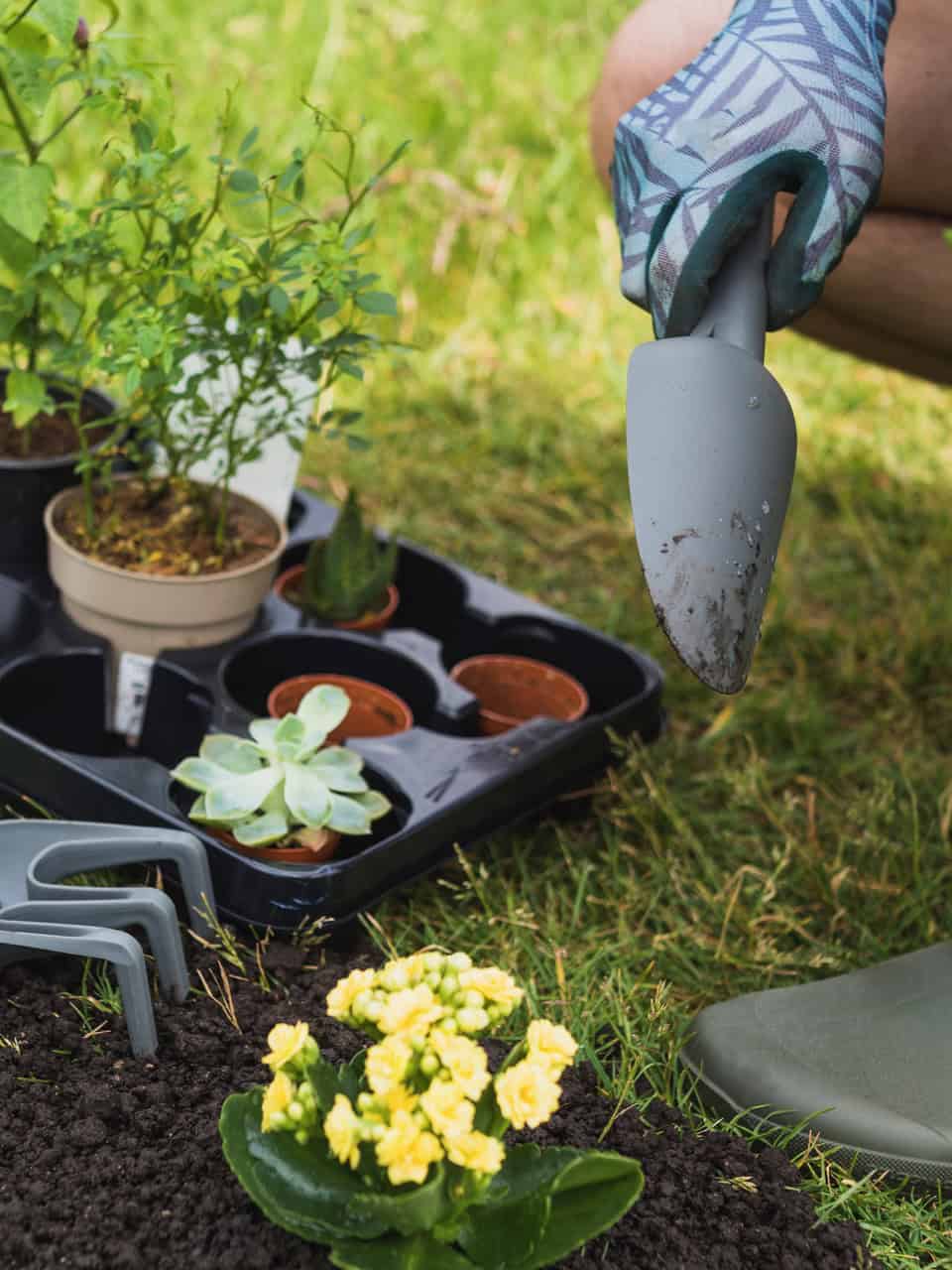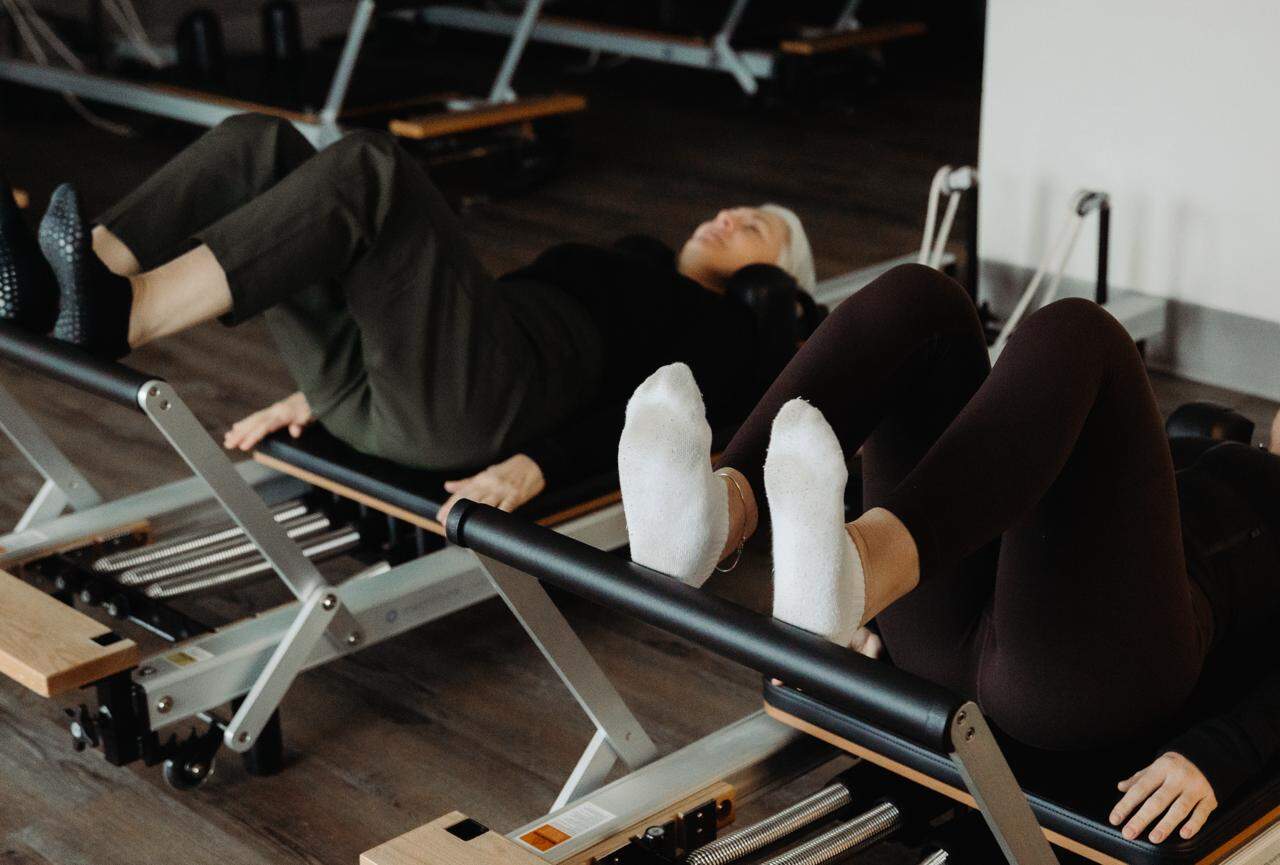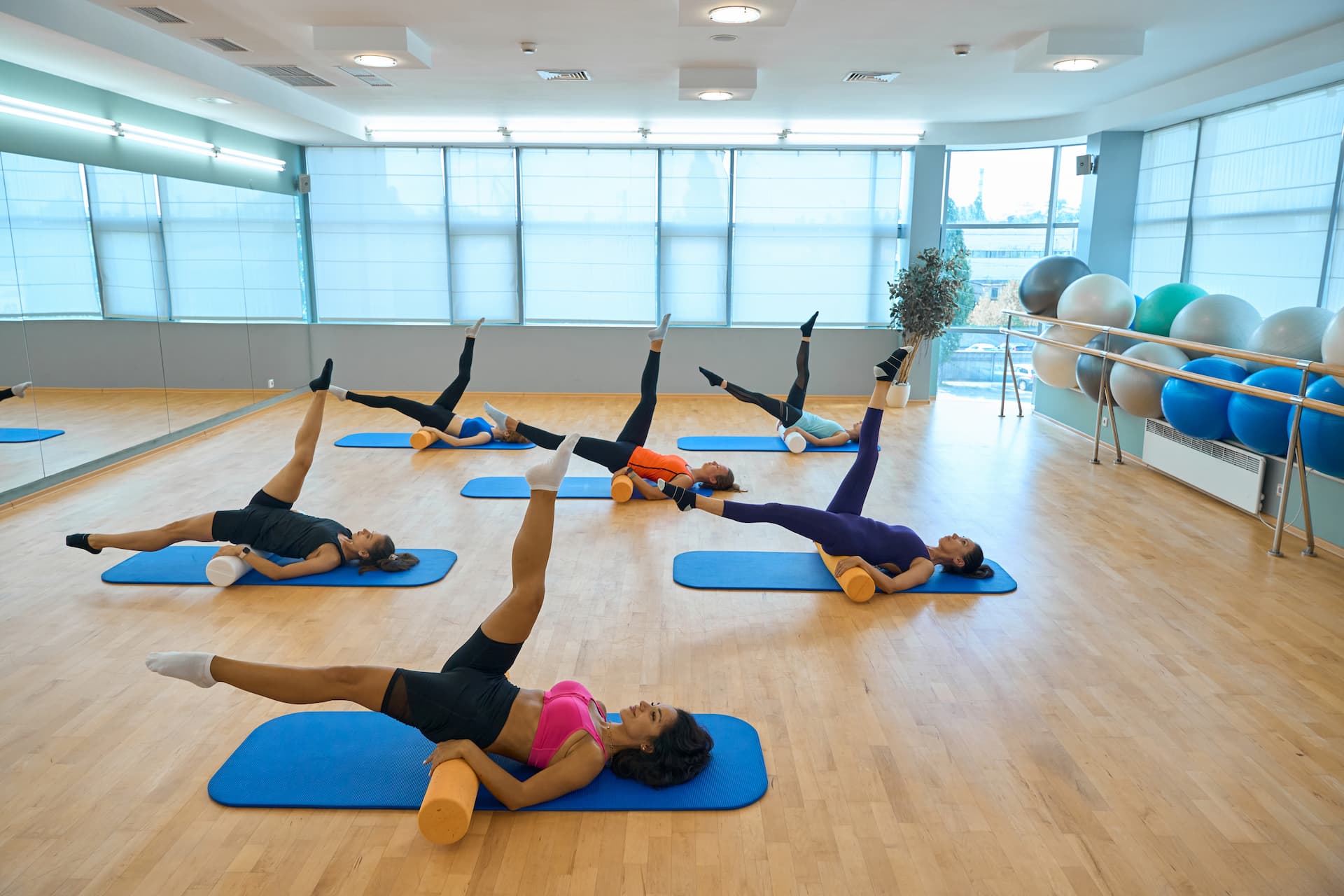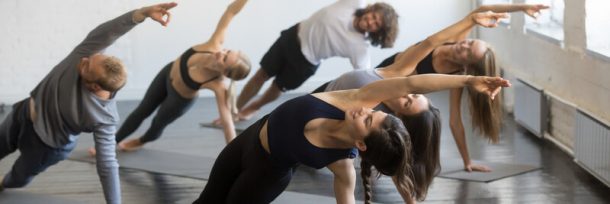
A breast cancer diagnosis brings not only emotional challenges but also significant changes to the body. Surgery, radiation, chemotherapy, and ongoing treatments can all affect mobility, strength, posture, and overall quality of life. While the journey is deeply individual, movement — when approached safely and intentionally — can play an important role in recovery. That’s where Pilates comes in.
Why Movement Matters After Breast Cancer
Breast cancer treatment can lead to a range of physical side effects, including:
- Reduced shoulder mobility and stiffness after surgery
- Scar tissue and fascial tightness
- Lymphedema (swelling in the arm or chest)
- Fatigue and decreased endurance
- Changes in posture due to muscle imbalance or protective movement patterns
These changes may limit daily activities and contribute to ongoing discomfort. Gentle, targeted exercise can help restore mobility, rebuild strength, and improve confidence in moving again.
How Pilates Helps
Pilates is a movement system built on principles of control, breath, alignment, and precision. For breast cancer survivors, it offers a safe and adaptable way to reconnect with the body and gradually regain function.
From a Pilates perspective, here’s how the method supports recovery:
- Restoring Mobility: Pilates emphasizes gentle, controlled movement that can help release tightness around the chest, shoulder, and upper back, improving range of motion after surgery or radiation.
- Building Strength: Exercises target core, postural, and stabilizing muscles, which support the spine and shoulders and reduce compensatory movement patterns.
- Breath Awareness: Focused breathing not only helps relaxation but also assists with lymphatic flow, reducing the risk of swelling.
- Posture and Alignment: Many survivors experience rounded shoulders or protective postures; Pilates helps retrain awareness and alignment for greater comfort and confidence.
- Mind-Body Connection: Beyond physical benefits, Pilates provides a sense of control, calm, and empowerment — vital when so much of the cancer journey feels outside of one’s control.
Tailoring Pilates to Each Survivor
Every breast cancer journey is unique. That’s why Pilates programs for survivors are always individualized. Physiotherapists or certified Pilates instructors with specialized training can adapt exercises for:
- Stage of recovery (post-surgery, post-radiation, long-term survivorship)
- Presence of lymphedema
- Energy levels and fatigue management
- Scar tissue healing and mobility restrictions
Sometimes this means beginning with very gentle movements, then gradually progressing to more strength-based and functional exercises as recovery continues.
More Than Exercise
Pilates is more than a workout; it’s a way of regaining trust in your body and reconnecting with movement in a safe and supported environment. For many breast cancer survivors, this practice not only reduces pain and stiffness but also provides a sense of community, encouragement, and resilience.
Takeaway
Breast cancer recovery is about more than medical treatment — it’s about rebuilding strength, restoring function, and reclaiming quality of life. Pilates, with its adaptable, mindful approach, is a powerful tool in that journey.
If you or someone you know is recovering from breast cancer, consider exploring Pilates with a trained instructor or physiotherapist who understands the unique needs of survivors. With the right guidance, movement can become a source of healing, empowerment, and renewed vitality.
